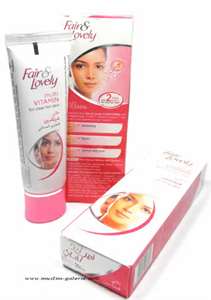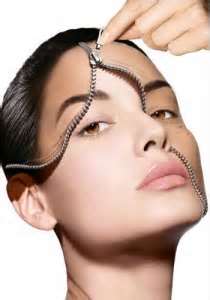I’ve been living in India for about five months now and, as one might imagine, I’ve only begun to scratch the surface of the rich cultural heritage of this large, diverse nation. One thing that I have noticed is that Indians are not immune to some of the problems that plague westerners when it comes to body image and standards of beauty, but they also have some unique beauty regimens that are hard for me to understand. For instance, the preference for fair skin in both men and women.
Just when I got used to seeing skin whitening lotion everywhere a Nivea deodorant ad pops up on TV. My husband burst out laughing the first time he saw it.
Yep. That’s right. Someone at Nivea determined that women in India would buy a deodorant that makes their armpits whiter.
There are probably several reasons why having fair skin is highly prized in India, but as far as I can tell it is mostly because fair skin is associated with being from a higher caste. If you have fair skin you probably don’t work outside, if your feet are white you probably own shoes and if your underarms are white….I don’t know, I guess it matches the rest of the skin that you’ve bleached. While the caste system was abolished decades ago, was reviled by Gandhi as well as other leaders and was rejected by some religions such as the Sikhs, it still persists in subtle and not-so-subtle ways. One of ways is an unapologetic cultural preference for fair complexions. Both male and female Bollywood stars tend to be fair — especially the women. The shelves at upscale supermarkets and tiny neighborhood stalls are filled with lotions and creams for both men and women promising to lighten skin tone (up to two shades!).

India is made up of many ethnicities, cultures and languages. Something you can’t fully appreciate until you spend some time in the country. People from different regions have different gene pools and, therefore, different physical attributes. Upper class Indians don’t necessarily have lighter skin, either. I would be willing to bet that there is no real correlation between class and complexion, but that doesn’t matter because it’s not the perception.
Obsessing about one’s skin tone – something we have very little control over — seems very unhealthy. Especially for young women. In her brilliant, non-fiction depiction of a Mumbai slum, “Behind the Beautiful Forevers” author Katherine Boo describes how the young, educated and pretty daughter of one of the slum families carefully applies her “Fair and Lovely” skin cream. Why? Fair skin makes her more marriageable.
I have yet to observe any national discussion about whether or not this is psychologically harmful, but I’m going to put my stake in the ground and say that, yes, it is. As an American it makes me uncomfortable because I immediately think of the politics around complexion in the African-American community. As a woman I object because it set up impossible standards of beauty for young women. Much like rail-thin runway models or actresses with implants and nose jobs, coveting the fair skin of Bollywood beauties cannot be good for the self-image of young girls. It’s an entirely arbitrary standard and unattainable for many, very lovely, dark-skinned women. The insanity of the deodorant ad is that it ratchets things up a notch — HE WON’T LOVE YOU IF EVERY PART OF YOU ISN’T WHITE!
If that weren’t bad enough. There was apparently even a bleaching cream for one’s nether regions. It was controversial and received negative media attention. At least Indians draw the line at vagina bleaching.
In the west, white women are dyeing themselves clownish shades of orange in the hopes of attaining the caramel and brown sugar hues that are natural to Indians. Be proud of your brown skin, Indian women! From dark to “wheatish” to fair, you come in gorgeous, God-given shades that should require no bleaching.


